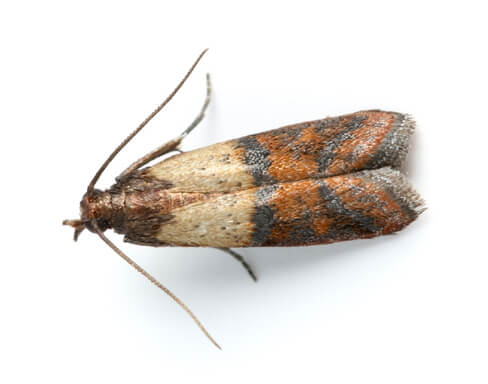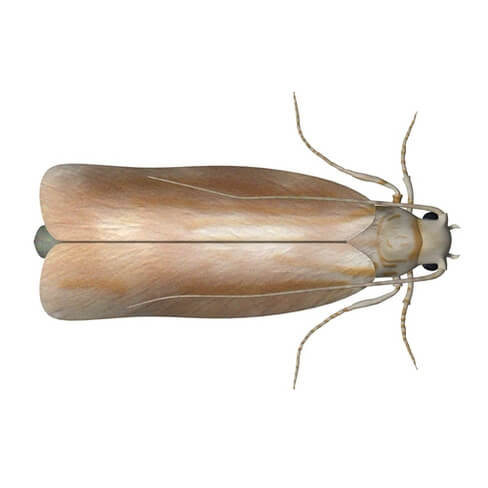

Many families underestimate the dangers of a few moths lurking about in the dark places of their home. Don’t make the mistake that might cost you thousands in torn fabric, spoiled food, and sleepless nights.
Don’t let the butterfly-like shape fool you: moths are a menace, and letting them roam free in your home is a disaster waiting to happen. Whether you have clothes moths or pantry moths, a moth infestation is never good for your home.

Moths might not sting or bite, but that doesn’t make them any less of a problem than they actually are. Chewed moth holes in your sweaters and socks; nasty wriggling larvae in your pantry and unsealed boxes – do you need more signs that it’s time to do something about the moths in your home?
Moths can infest your home at any time – everything from pantry goods to wool clothes can attract a moth, and with just a month-long life cycle for most moth species, it just takes days for a few moths to turn into a complete home swarm, causing serious damage to your clothes, fabric, and food supply.
Your home should be a place where you can relax, without the worry of picking out a cashmere sweater riddled with holes, or reaching into your cabinets just to feel larvae and caterpillar scuttling about.
Whether you’re sure of your situation or just starting to suspect it, don’t hesitate to reach out. Call our team of pest control professionals at PermaKill Exterminating and start dealing with your moth problem today.

Although there are many species of moths, homeowners generally have to deal with two types: clothes moths and pantry moths. Many different household items can attract moths; namely, items where they can lay eggs or use as a source of food.
Items that commonly attract pantry moths include chocolate, spices, flours, nuts, grains, and other dry goods, which is why moths can usually be found in kitchen pantries. Clothes adult moths are known for being drawn to animal-based materials, such as leather upholstery and wool and silk clothing. The natural fibers are used for both shelter and nutrition.
Moths also find their way into the home by clinging onto items brought into the house. Unsealed containers and clothing that have been left unattended outside might have eggs or larvae hiding within them, leading to an infestation in no time at all.
Some homeowners might ignore one or two moths here and there in their home, since they don’t sting or bite like other insects. But these bugs can cause extensive disrepair and spoilage in a short amount of time.
Firstly, the life cycle of this pest is quite short, with most types of moths completing their life cycle in just about a month. This makes them similar to bed bugs, in that they can reproduce and spread in just a matter of days, leading to eggs, larvae, and caterpillars in your home.
Secondly, their presence causes damage to your furniture and clothing, as well as spoilage to your stored food. Not only do they cause unwanted holes in your items, but they also leave behind feces that lead to stains. If left unattended, a pantry can be filled with droppings, cocoons, and webbings in just a few days.